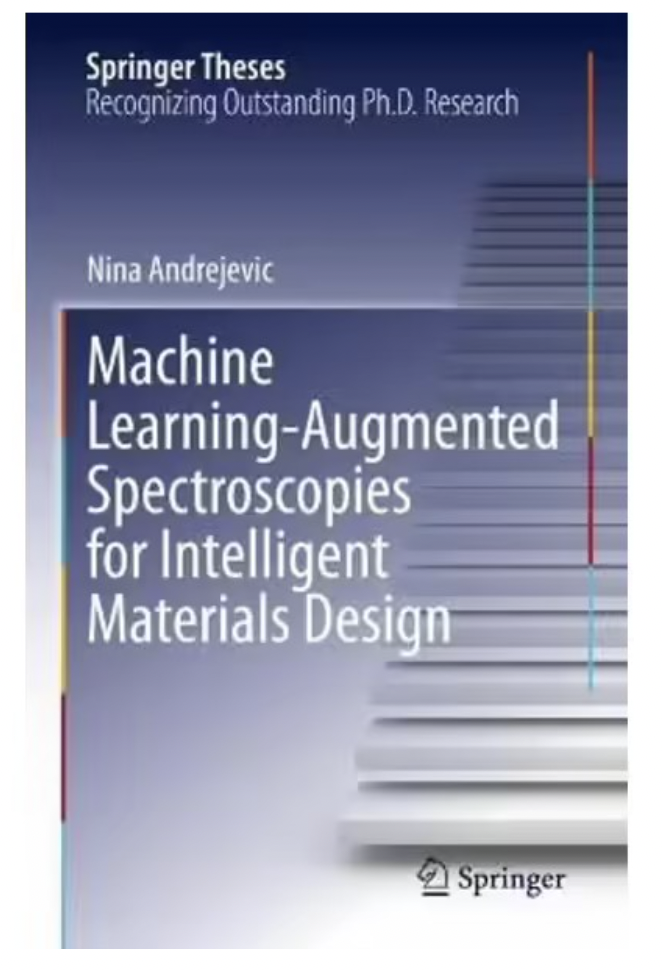Broader Impact Highlights

test!
9/17/2024



Graduate Training in Machine Learning for Materials Design
10/1/2022
The DMREF research work, led by Dr. Nina Andrejevic, a female material scientist in Mingda Li’s group, was a critical component in Nina’s Doctoral Thesis, titled “Machine Learning-Augmented Spectroscopies for Intelligent Materials Design”. The thesis was subsequently selected and published by Springer as part of the Springer Theses series in 2022, in “Recognizing Outstanding PhD Research.”

Engaging Underrepresented Undergraduate Students in Organic Semiconductor Research
7/1/2021 | K. J. Thorley, M. Benford, Y. Song, S. R. Parkin, C. Risko, and J. E. Anthony
Due to COVID restrictions, it was difficult to bring undergraduate researchers into our laboratory over the Summer of 2021. So instead, we reached out to local PUI Centre College in Danville, KY, and particularly Prof. Vanessa Song, a first-year professor at that institution.

Educating High School Students at the Interface of Applied Mathematics and 2D Quantum Physics
P. Kim, E. Kaxiras (Harvard) M. Luskin, K. Wang (U. Minnesota)
The PIs tightly integrate the education and outreach program with the research in the frontier of low-dimensional materials systems. The PIs have been training graduate and undergraduate students in quantum matter research at the interface of experimental and theoretical science. This effort benefits students in their career development in both academia and industry. We also maintain a very tight outreach through the existing network setup via Harvard SEAS and University of Minnesota. DMREF students, postdocs and faculty participate in these event to inform and engage the public through discussions of the advanced nanotechnologies developed by the team and its effect on device technologies.

Data Driven Discovery of Conjugated Polyelectrolytes for Neuromorphic Computing
Gang Lu & Xu Zhang (California State University Northridge) Thuc-Quyen Nguyen & Guillermo Bazan (UCSB)
The project provides an excellent opportunity to train high school, undergraduate and graduate students, postdoctoral scholars, and a high school teacher.

Evidence for Spin Swapping in an Antiferromagnet
J. Zhou (U. Texas-Austin); G. Fiete (Northeastern U.); C.L. Chien (Johns Hopkins U.)
In outreach activities, we have sought to inspire the next generation of researchers from different age groups and backgrounds. We have focused on building approachable and adaptive demonstrations of scientific experiments for K-12 classrooms, including in-person and virtual projects. We are also working with undergraduate students within the department on their research projects to kickstart their career.

Tools for Block Polymer Materials Discovery
Glenn H. Fredrickson and Kevin D. Dorfman
As part of this project, the PIs have developed a version of the Polymer Self-Consistent Field (PSCF) software package that incorporates GPU acceleration. This new version of the PSCF software package, currently the only open-source code for solving the self-consistent field theory (SCFT) equations for block polymers, achieves up to a 60x improvement in speed over the previous CPU-based code.
Showing 1 to 10 of 42